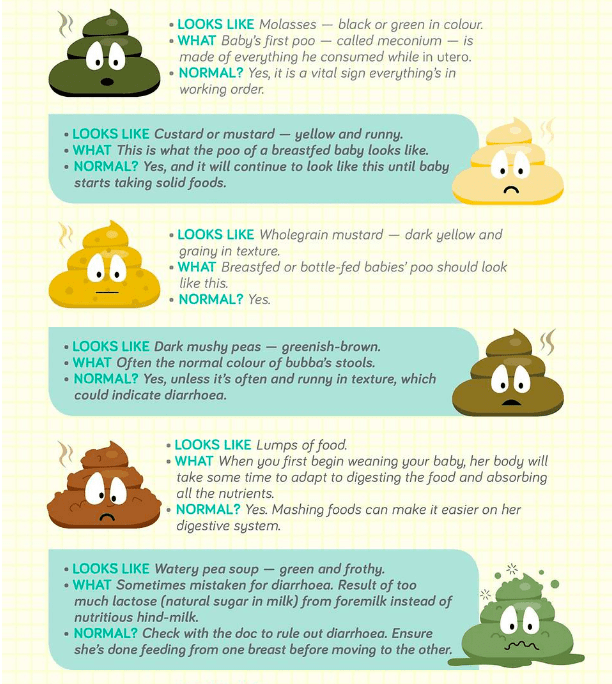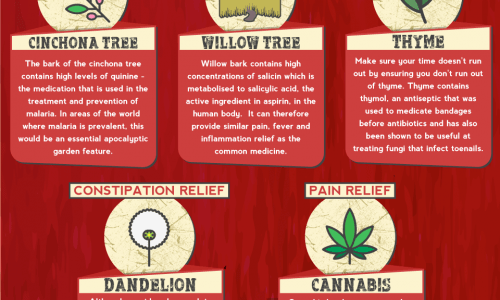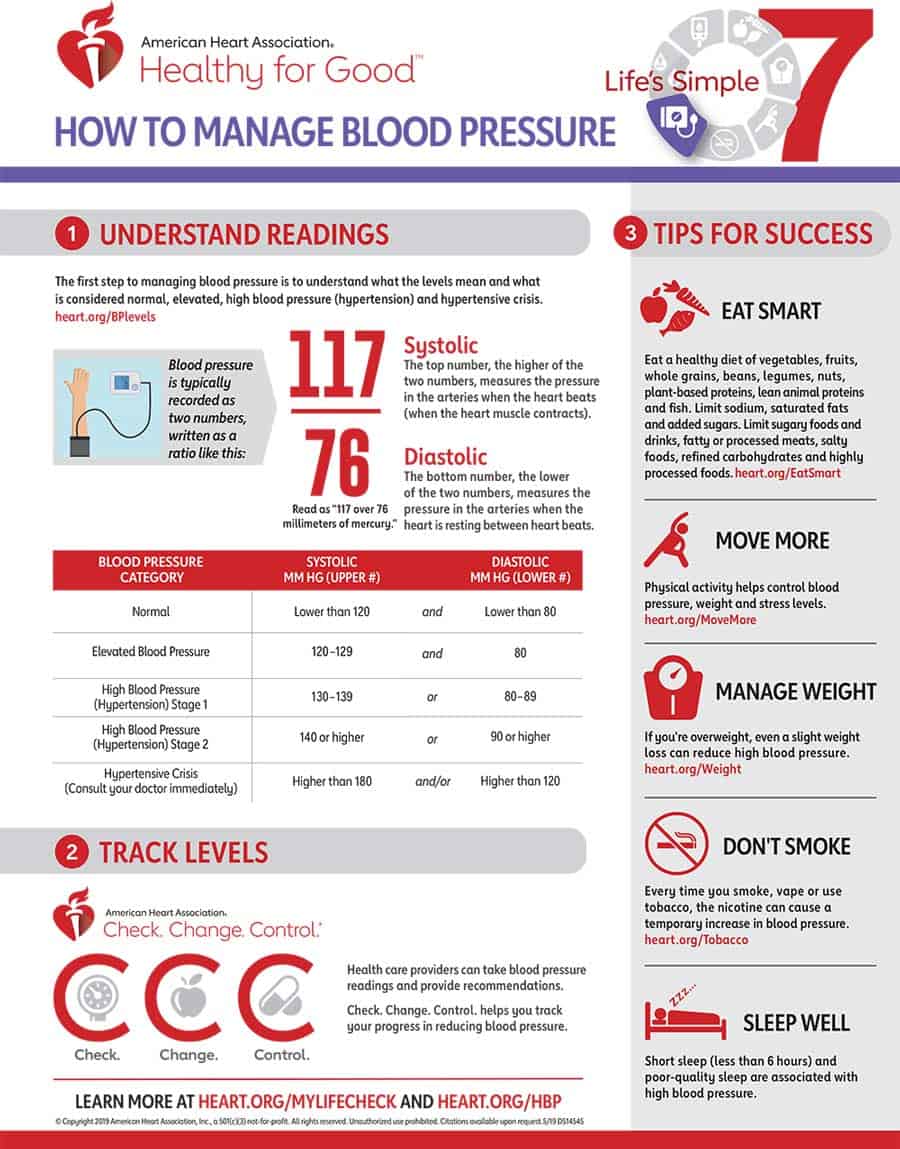
For any parent with a young child, baby poop is just a fact of life. It happens and you try not to think too much about it. But what if you’re missing important signposts about your baby’s health? Doesn’t apply to you? Learning how to understand adult poop is also important for health.
Don’t worry, today’s infographic isn’t here to give you another 100 baby ailments and potential dangers to worry about. Rather, it can teach you to read the tea leaves (or, erm, diapers) and look out for your baby’s hydration levels, quality of digestion, and liver function.
Helpfully, the infographic is divided into sections, starting with the most innocuous, healthy poops that you can come across, and moving further to some of the more concerning signs you could find. While it’s not heavy on the medical jargon, you can pick up a few trivia points- for example, did you know that a baby’s first ever poop is known as meconium?
While some minor issues like constipation or too much lactose can be solved at home, the infographic does list four types of poo that should immediately warrant a call to the pediatrician. Warning signs include a dark green color and dark red stool (which could indicate bleeding). As ever, internet resources can help you decide when to call a doctor- but if you’re unsure, you should never wait.





